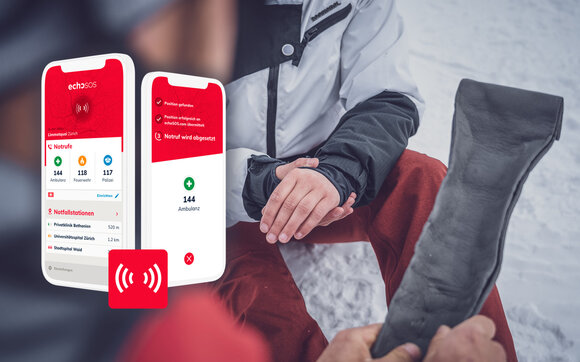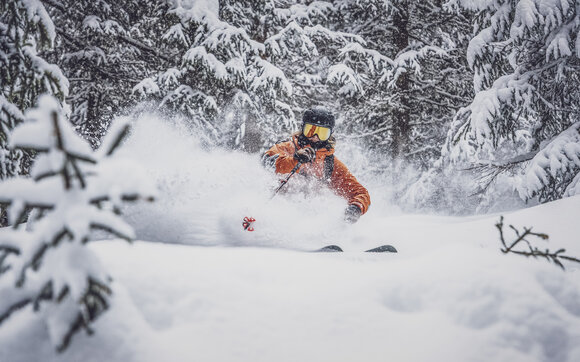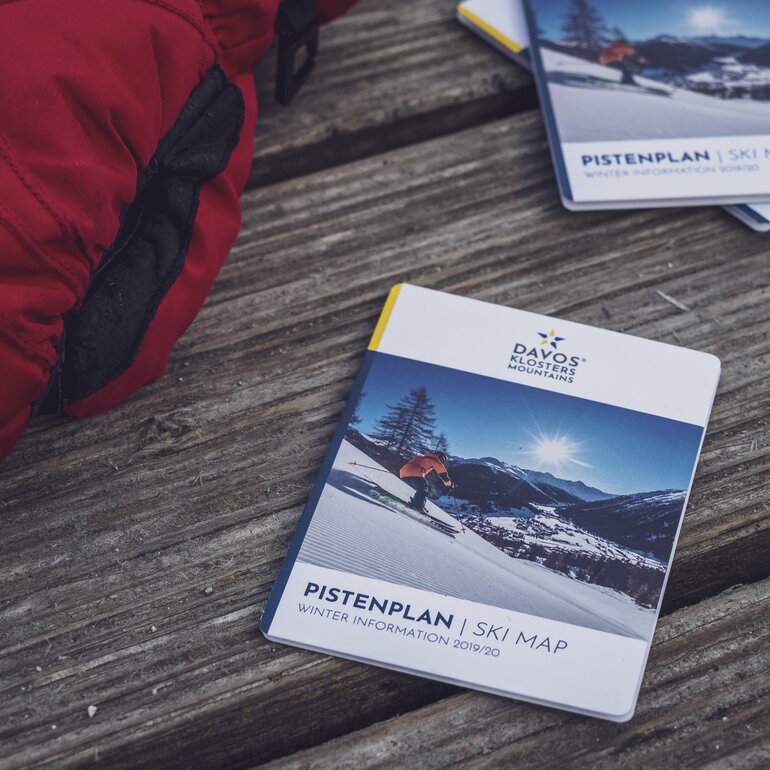
Ski patrol and rescue service Our heroes on the mountain
Around 25 ski patrollers are on duty for your safety in the Davos Klosters Mountains. Dressed in red ski suits with white SOS lettering, these patrollers are impossible to miss. They patrol the ski area, ready to rescue people or inspect the slopes. On snowy days, they are the first on the mountain, working to prevent avalanches from being triggered by snow sports enthusiasts. These mountain heroes make critical life-or-death decisions and keep their cool in all situations.
Their mission: to ensure a safe winter sports experience in the Davos Klosters Mountains.
The most important ski patrol numbers
- SOS Parsenn: T. +41 (0)81 417 66 60
- SOS Jakobshorn: T. +41 (0)81 417 62 80
- SOS Pischa: T. +41 (0)81 417 67 10
- SOS Rinerhorn: T. +41 (0)81 417 00 44
- SOS Madrisa: T. +41 (0)81 410 21 83
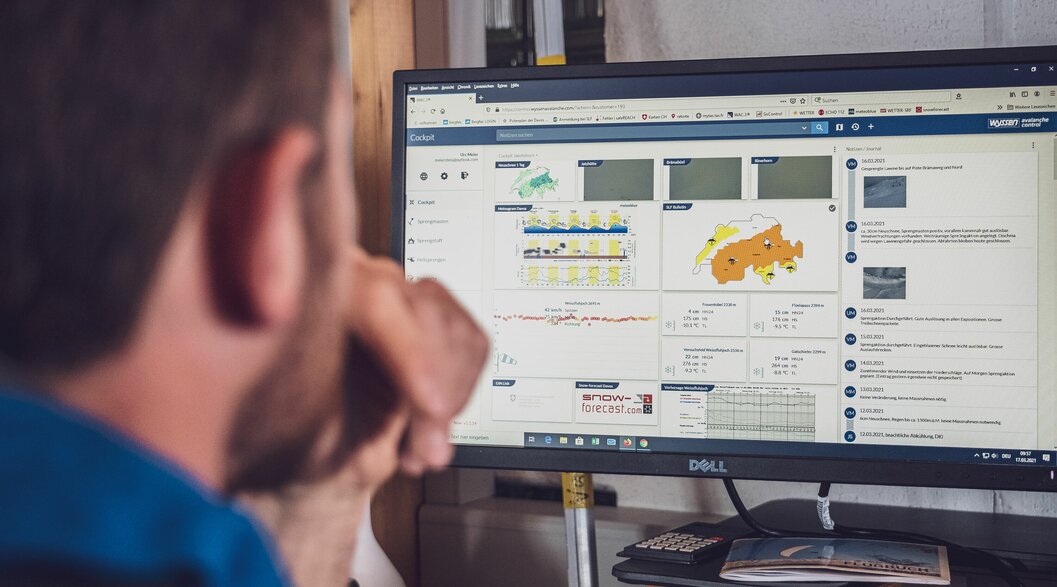
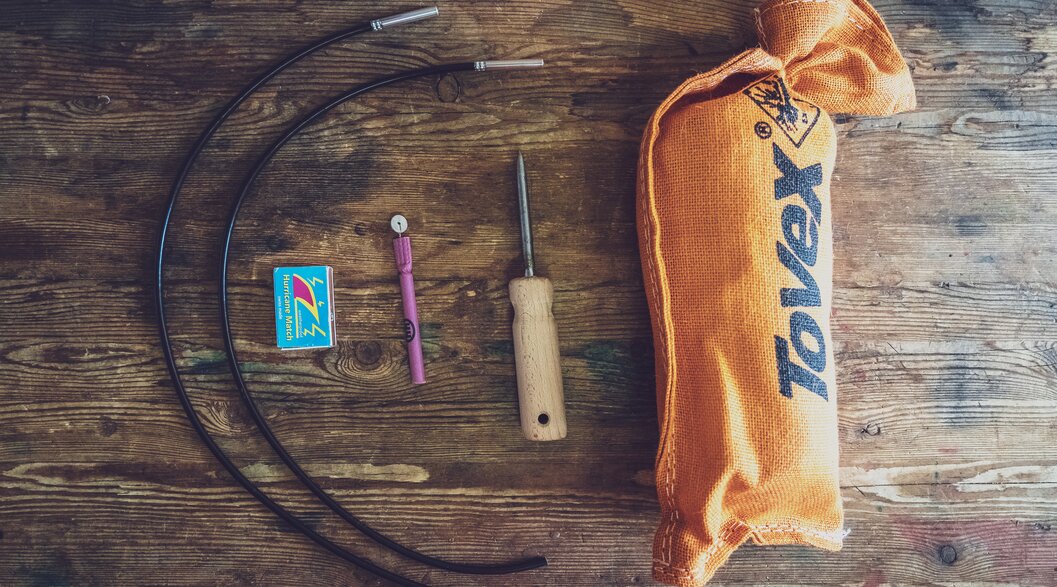
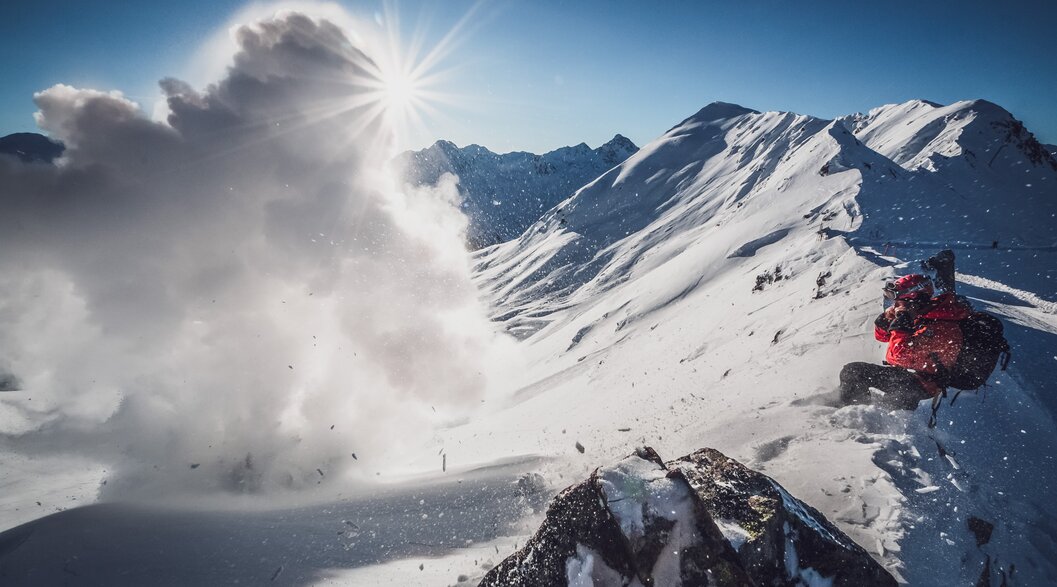

Tasks of the patrollers
The rescue service ensures the safety of the slopes through controlled avalanche blasting. They employ various blasting methods to secure the areas around pistes and lift facilities.
Every evening, ski patrollers inspect the slopes on their assigned mountains. The snow groomer operators only commence their operations once the patrollers have cleared the slopes. The rescue service team evaluates the avalanche risk on a daily basis and authorises the opening of the slopes only when they are deemed safe and following the necessary blasting. The interactive piste map shows the current status of the pistes.
Our ski patrollers secure and mark over 253 kilometres of pistes. The edges of the pistes are marked out with orange posts, and important signs are installed. They also put up the current avalanche bulletin.
In the event of an accident in the ski areas, the mountain rescue service is the first to respond. Ski patrollers administer first aid, assess the situation and coordinate the next steps. They transport the injured person down to the valley on a rescue sledge and accompany them to the hospital. Our heroes save lives!
If an avalanche occurs in the mountains of Davos Klosters, the local mountain rescue service is immediately deployed for help. Together with trained avalanche dogs and equipped with avalanche transceivers and probes, they execute the rescue mission as quickly as possible. Every second counts, and every responder plays a critical role in the search!
Rescue operations in the ski area
During a single winter season, the Davos Klosters Mountains patrollers conduct around 600 rescue missions. More than 80 per cent of these operations can be carried out on skis, using rescue sledges. For serious accidents, the Swiss air rescue Rega is called to airlift the injured person by helicopter. Ski pistes are one of the most common places for accidents, accounting for around 80 per cent. The majority of injuries affect the knee. Thankfully, collision accidents have decreased over the past year, now averaging around 5 per cent.
Following each rescue operation, a comprehensive report of the accident, including photographs and details of the injuries, is compiled. Insurance companies consult this report when making decisions, especially in the case of collision accidents. Office work is just as much a part of a patroller’s daily responsibilities as their duties on the slopes!

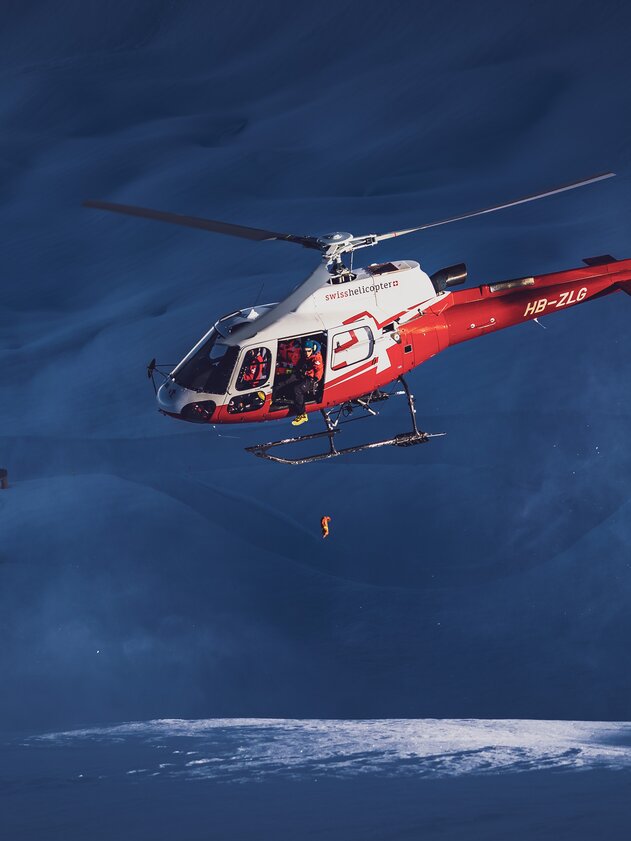
Avalanche safety using blasting
For avalanche safety, the rescue service has to stay informed about the current snow and avalanche conditions. If the risk is high, explosives are used to trigger controlled slides, ensuring the snow does not slide unpredictably later on. The ski areas are secured via a combination of stationary blasting systems, manual blasting and helicopter blasting. These operations are typically conducted early in the morning, with all pistes closed during the process.
Blasting types
at a glance
There are three main types of stationary blasting systems:
- Gasex cannons, commonly used on difficult-to-access and dangerous slopes, employ an explosive gas-and-oxygen mixture to generate a pressure wave that initiates the avalanche.
- Over 13 detonator masts have been installed in the Davos Klosters ski area, allowing explosives to be detonated remotely at the touch of a button. Instead of being cast into the slope, the charges are suspended above the snow surface using a rope
- The Avalancheur is a permanently installed pneumatic launcher, consisting of a pressure chamber and a barrel extending four to six metres. Whenever necessary, an explosive projectile is fired at the target using pressurised gas. The “avalancheur” is fired before the blast and – due to the previously defined targets – charges can be detonated in any weather, even when visibility is limited.
For manual blasting, patrollers carry explosives in their backpacks and trigger avalanches by throwing charges into the snow. These detonate after 90 seconds, causing the snow to slide. The ski area remains closed until all pistes are deemed safe.
Even areas that are difficult to access can be efficiently secured using helicopter blasting. Our partner, Swiss Helicopter, supports us when needed to ensure a safe winter sports experience.
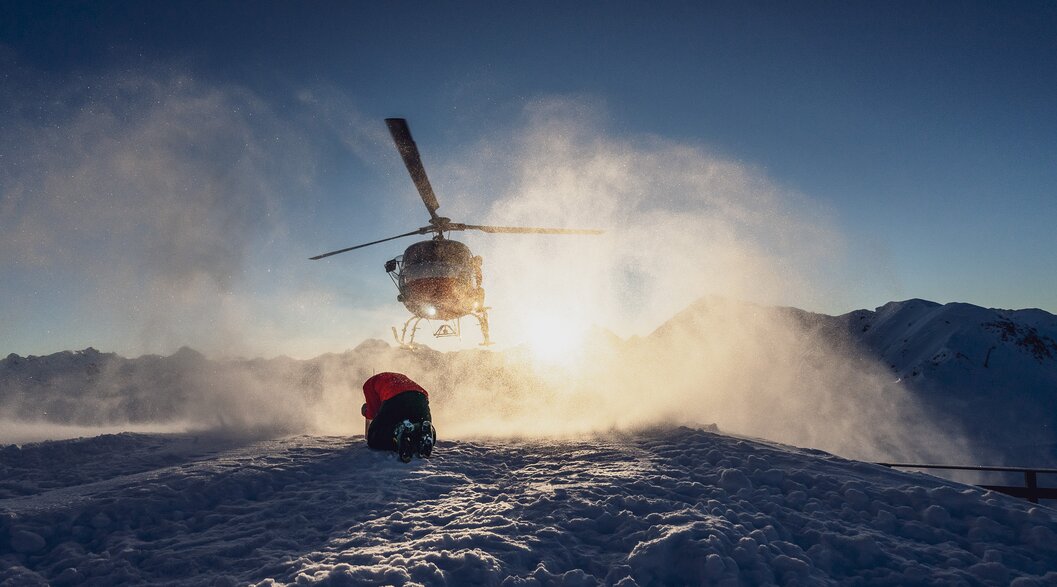


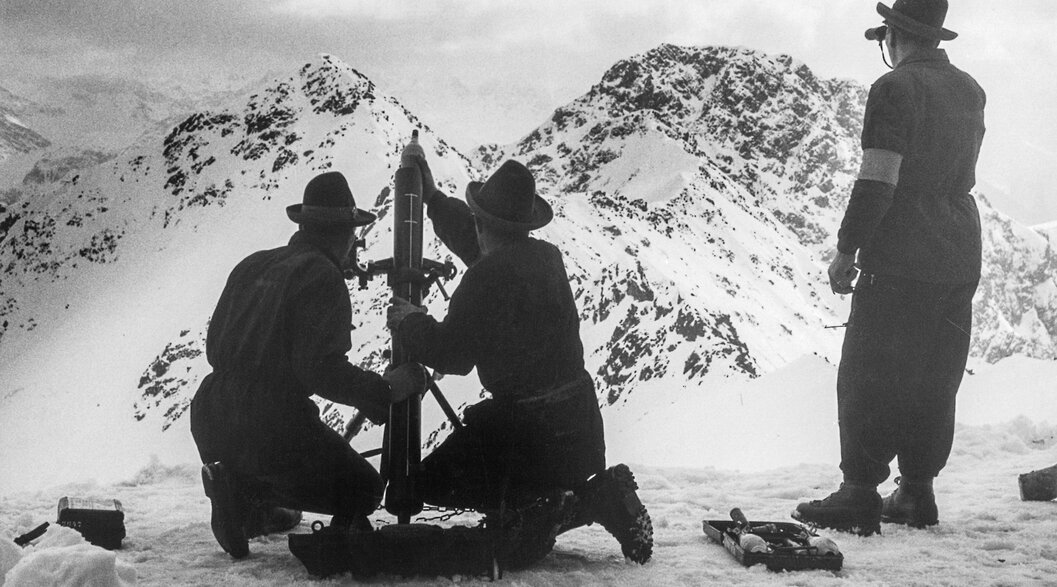
Good to know
The EchoSOS emergency app
The free emergency app EchoSOS is an important aid for slope rescue. Although the majority of the population carry a smartphone with them, it is difficult to locate the person seeking help. In poor weather conditions or off-piste, the person in distress is often unable to recognize their position. With the app installed, they can share their location. EchoSOS simplifies communication during a rescue, saving valuable time.
Avalanche bulletin
The avalanche bulletin provides information about the current avalanche situation. Freeriders and ski tourers must plan their routes based on their own ability and the current avalanche bulletin. In addition to the pistes, every snow sports enthusiast is responsible for their own safety. The piste and rescue service only secures the open pistes and the yellow downhill routes.

